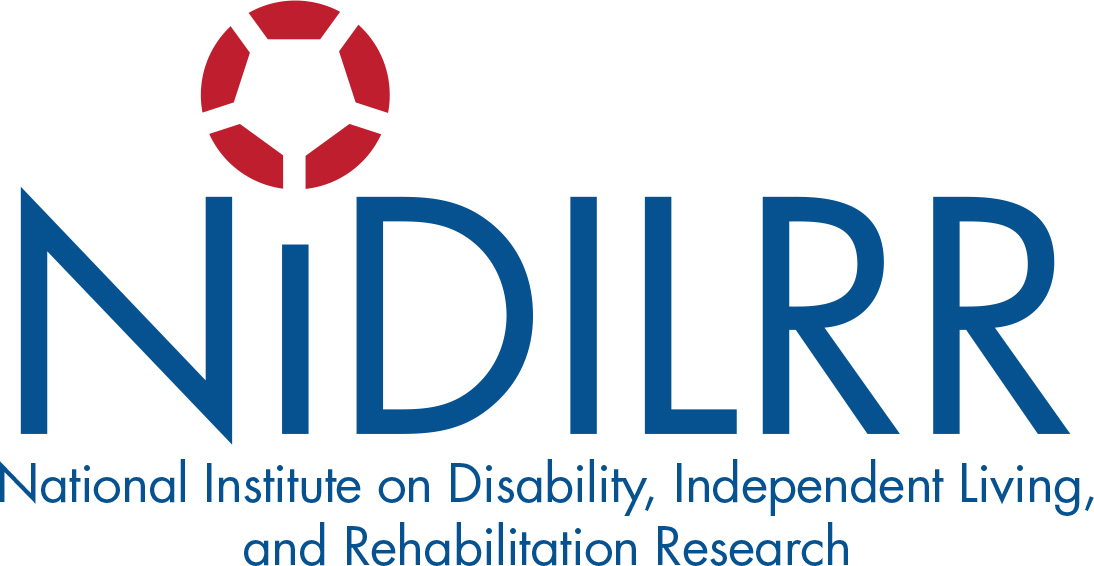See Resources
Understanding TBI Part 1: What happens to the brain during injury and in the early stages of recovery from TBI?
This information sheets is written for consumers through a collaboration between the Model Systems Knowledge Translation Center (MSKTC) and the TBI Model Systems of Care. Spanish version (en español)
What are the First Signs of Consciousness After a Severe Brain Injury?
Summary of research findings that looked at which behavioral signs of consciousness emerged first in the individuals as well as the length of time between when the injury occurred and the when first sign of consciousness was observed.
MEDLINEplus: Head and Brain Injuries
This easy to use website of the National Library of Medicine provides links to articles, research reports, and organizations covering various aspects of head and brain injuries. Some information is available in Spanish.
Moderate to Severe TBI Overview from the Traumatic Brain Injury: The Journey Home.
Severe Traumatic Brain Injury from the Centers for Disease Control and Prevention, National Center for Injury Prevention and Control.
Vegetative & Minimally Conscious States
This information sheet is written for consumers through a collaboration between the Model Systems Knowledge Translation Center (MSKTC) and the TBI Model Systems of Care. Spanish version (en español)
Understanding Brain Injury: What you should know about brain injury and recovery
This video uses simple language and images of real people who have sustained a brain injury, as well as medical experts and advocates. Produced by Shepherd Center and KPKinteractive in collaboration with the American Trauma Society, the Brain Injury Association of America and the Christopher & Dana Reeve Foundation.
